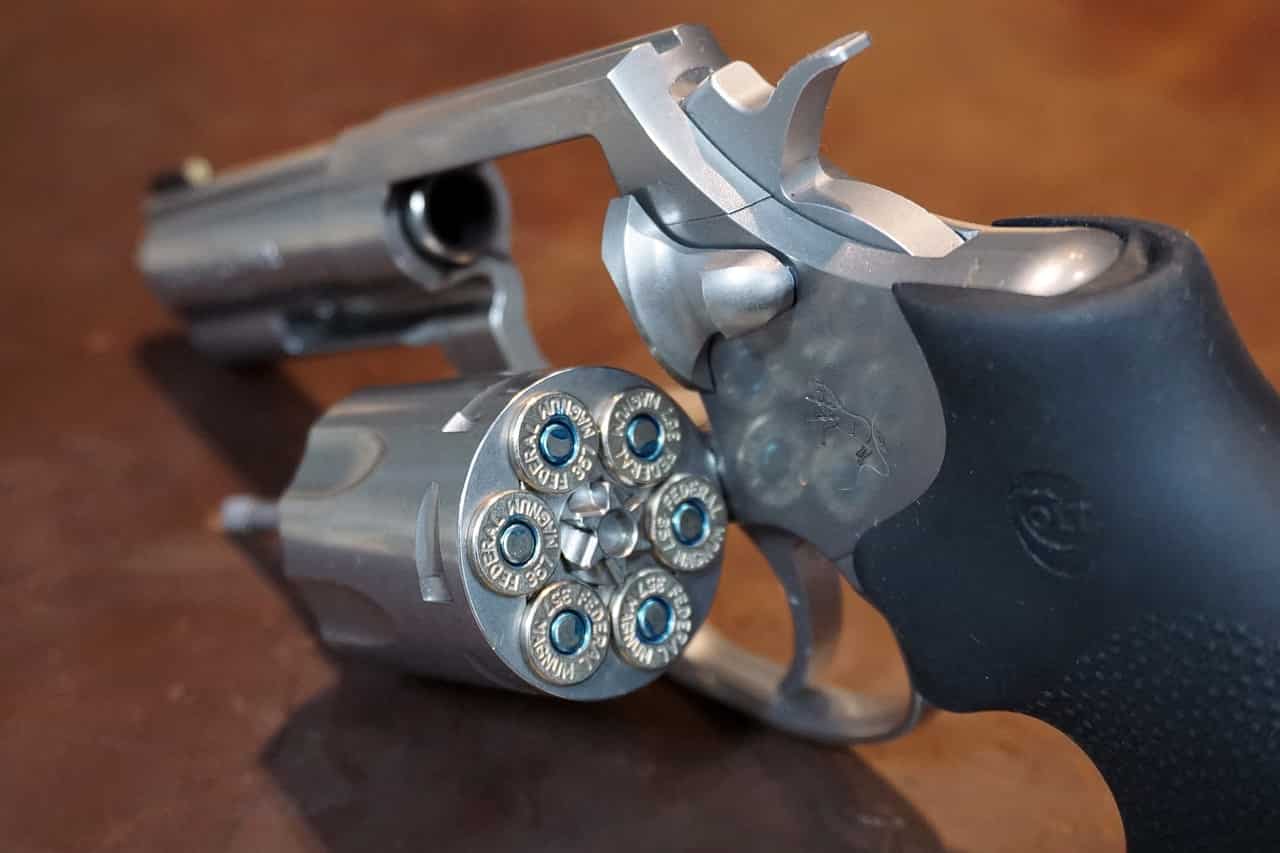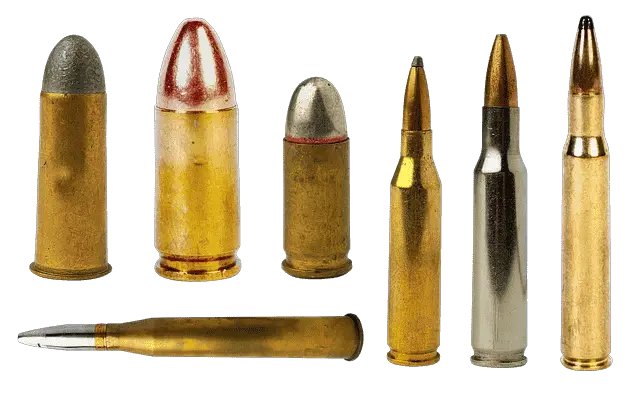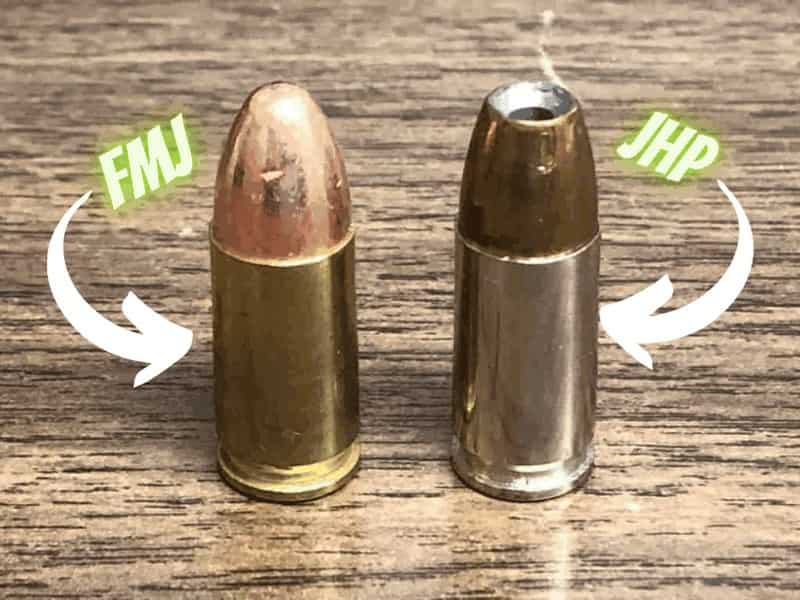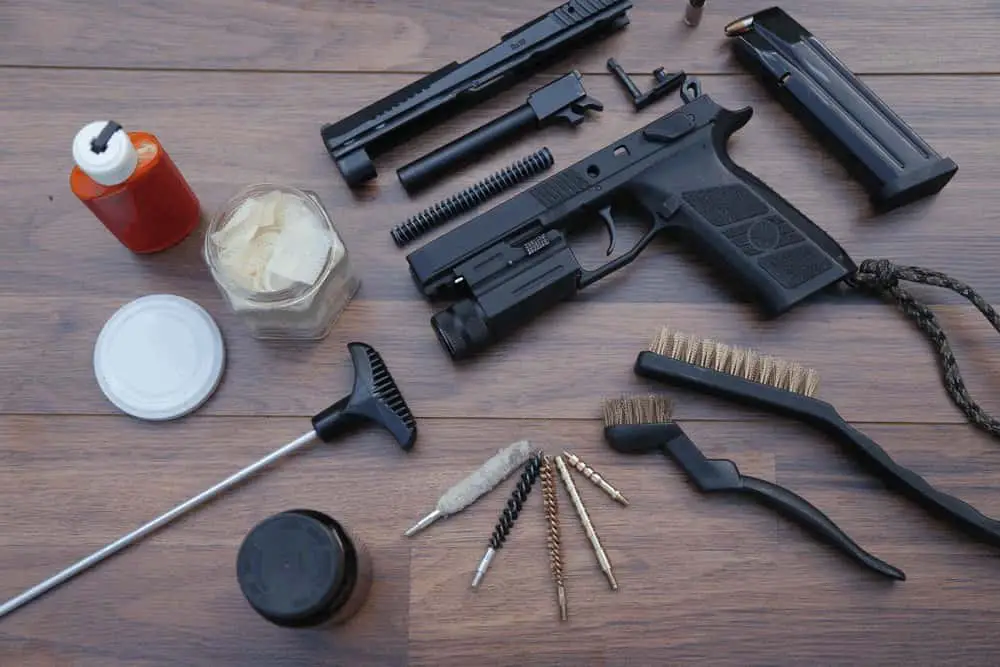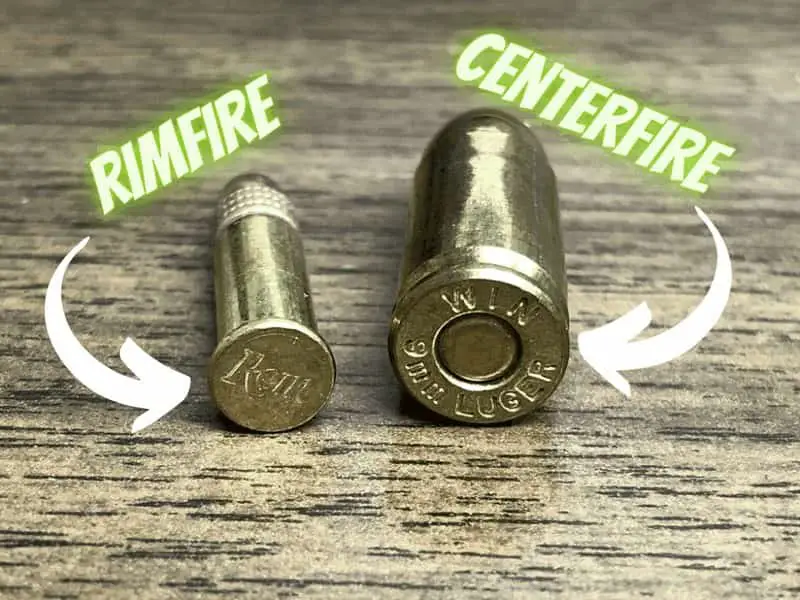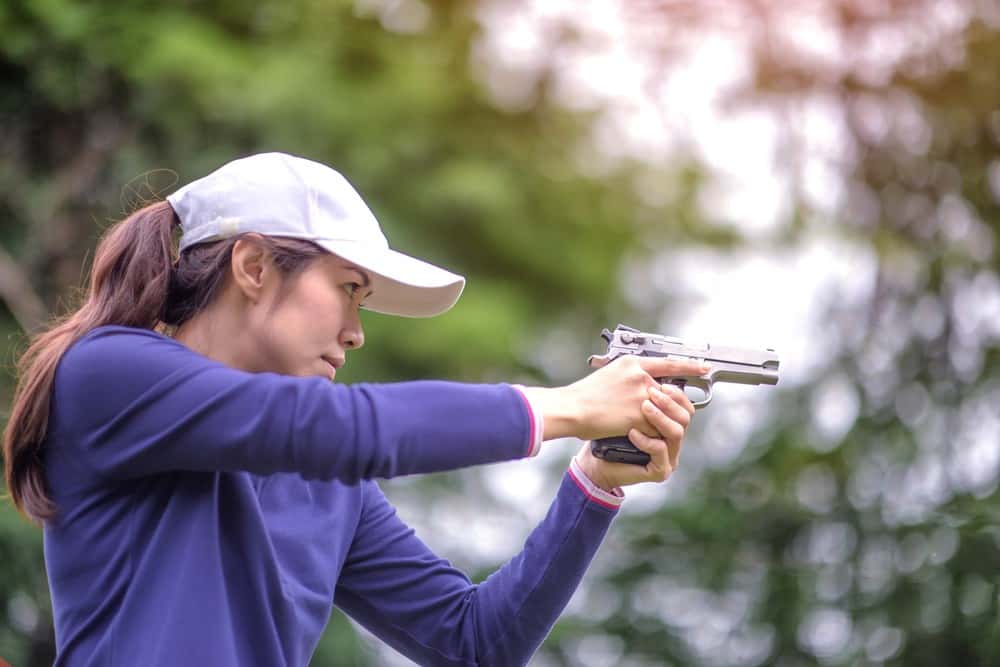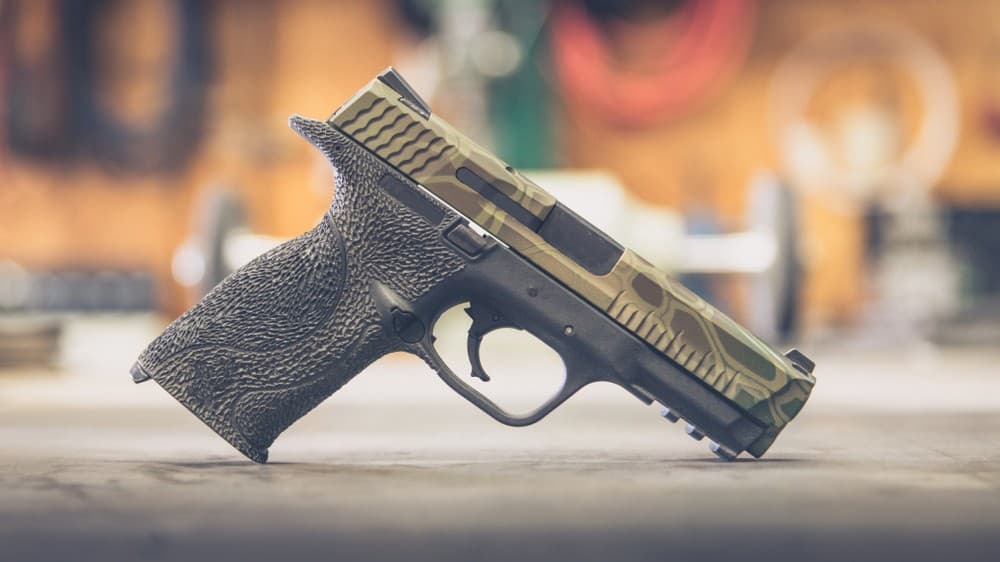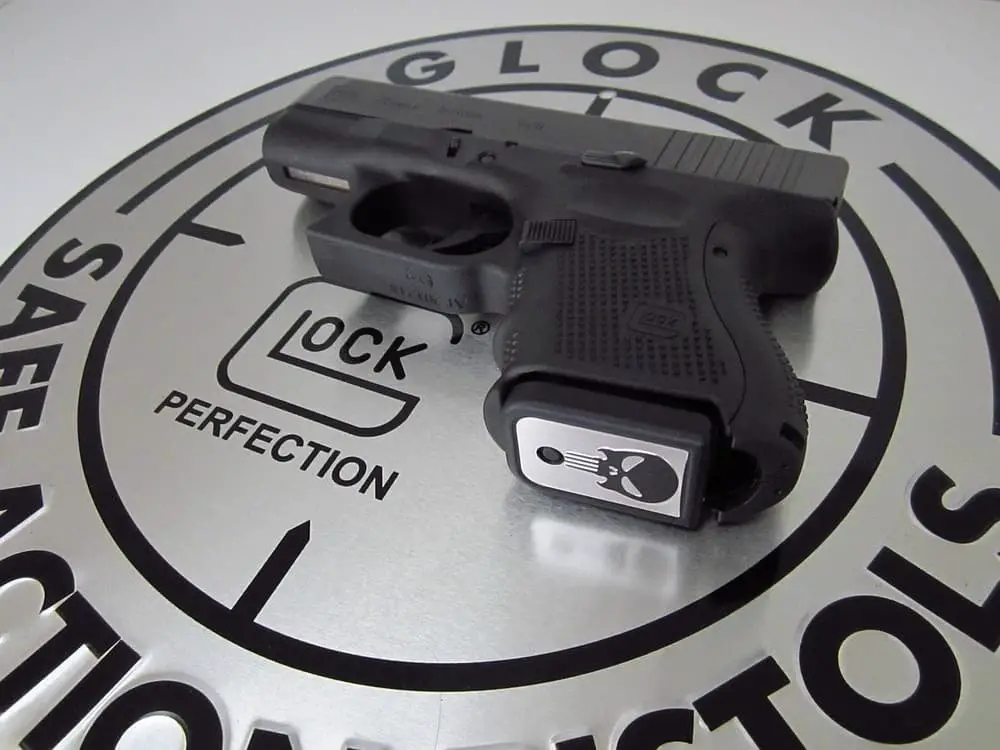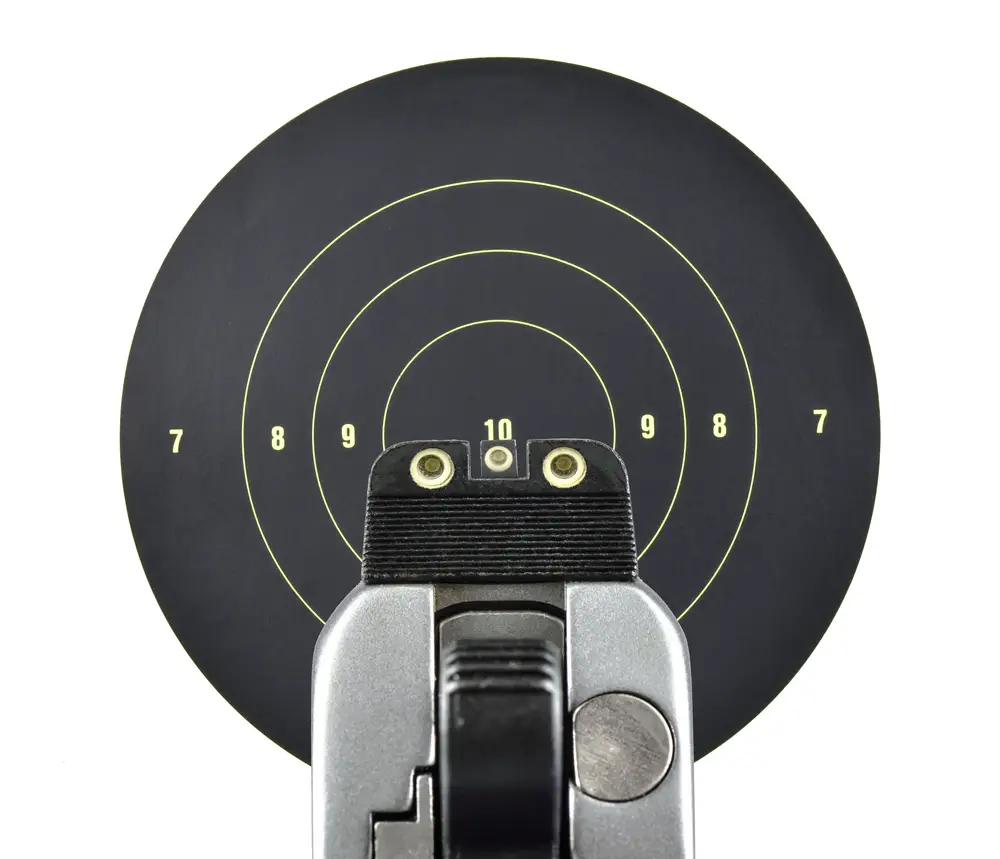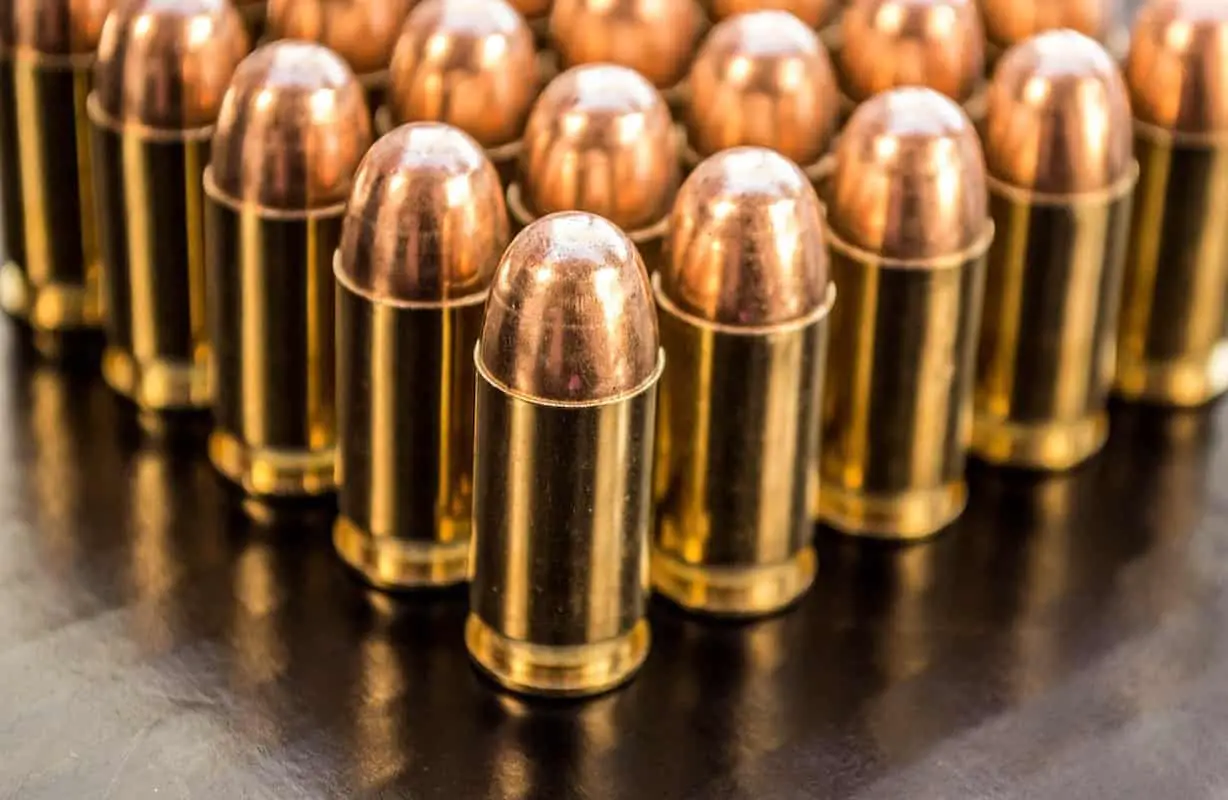Overview of Minnesota Concealed Carry Classes

Minnesota offers a variety of concealed carry classes that can meet your needs whether you are a beginner or a seasoned firearms owner. Understanding the specific state laws and training requirements is key to successfully obtaining your permit to carry.
Understanding Minnesota’s Permit to Carry
In Minnesota, obtaining a Permit to Carry means complying with state laws that mandate a set of training requirements. Your permit is issued by your county sheriff and is valid for five years. For first-time applicants and those seeking to renew their permit, a certified instructor must deliver the approved course content according to the Bureau of Criminal Apprehension (BCA) standards. The state law also outlines the necessity of updates or additional training upon renewal, ensuring you stay informed of any changes in legislation.
Course Requirements for Minnesota Concealed Carry Permit
To secure your concealed carry permit in Minnesota, you must complete a course led by a certified instructor. The course will cover:
- Handgun safety
- Basic principles of marksmanship
- Legal aspects of concealed carry
- The legal use of force
- Conflict avoidance
- Live-fire exercise demonstrating shooting proficiency
Firearm and Safety Fundamentals
Before you attend a Minnesota Permit to Carry class, it's essential to understand the bedrock of responsible firearm handling: firearm and safety fundamentals. These include grasping universal safety rules, the various types of firearms and their operations, and the basics of ammunition, including how to address malfunctions.
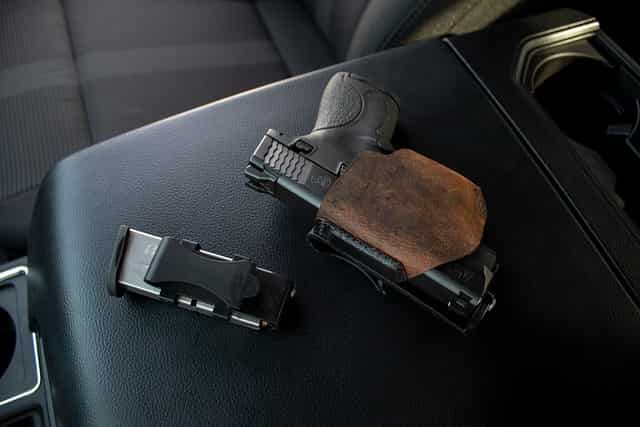
Universal Firearm Safety Rules
Recognizing and following universal safety rules is paramount in firearm handling. These include:
- Treat all firearms as if they are loaded.
- Always point the firearm in a safe direction, where no one could be unintentionally harmed.
- Keep your finger off the trigger until you are ready to shoot.
- Be sure of your target, what is in front of it, and beyond it.
Types of Firearms and Their Operation
Understanding the operational differences between various firearms is crucial for safety and proper handling.
Revolvers: Typically, these are either single action, where the hammer must be cocked manually before each shot, or double action, where pulling the trigger also cocks the hammer.
Semi-automatic examples: These firearms automatically reload after each shot and can be divided into pistols and rifles. Understanding the cycle of loading, firing, and ejecting is crucial for operating semi-automatics safely.
Ammunition Basics and Malfunctions
Ammunition is designed specifically for the type of firearm you are using.
Basics: It consists of the case, primer, powder, and the bullet. Always ensure you're using the correct caliber and type for your firearm.
Clearing Handguns: Should a malfunction occur, such as a fail-to-fire or jam, knowing how to safely clear your handgun is important. You usually need to remove the magazine, clear the chamber, and check for obstructions.
Malfunctions: Some common issues include misfires, hangfires, and squib loads, each requiring a different approach to safely resolve.
Choosing the right handgun includes understanding these fundamentals, especially considering the selection available within handguns, between revolvers and semi-automatics. Proper training will ensure you can safely operate and maintain your firearm.
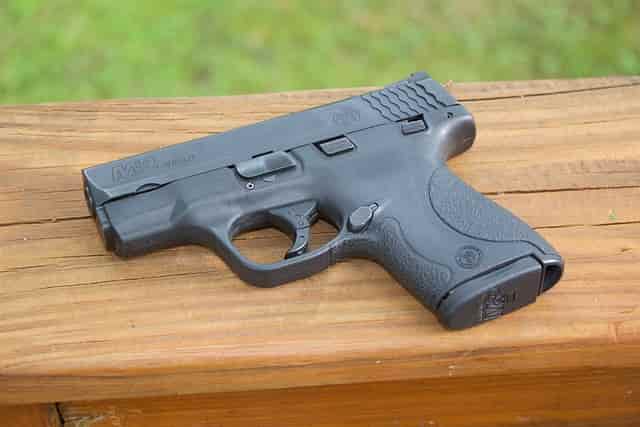
Legal Aspects of Concealed Carry
When considering carrying a concealed weapon, it's essential for you to understand the legal implications and responsibilities involved. This includes being well-versed in state laws, the legal use of force, and reciprocity agreements between states.
Understanding State Law and Reciprocity
Minnesota state law requires you to have a permit to carry a concealed weapon. The permit to carry is valid for five years and grants you the right to purchase firearms during that period. As for reciprocity, other states may recognize your Minnesota conceal carry permit, but this depends on agreements made between the states. It is crucial to check the reciprocity before you travel, as carrying without acknowledging these agreements can have legal repercussions.
Minnesota Statutes also point out that permits issued by other states are recognized in Minnesota if the requirements are similar or more stringent than Minnesota's own permit-to-carry laws. But, you must comply with Minnesota's laws regarding use of deadly force and the locations where carrying a weapon is prohibited.
Legal Use of Force and Conflict Avoidance
Conflict avoidance and understanding when and how you can legally use force are fundamental for anyone who carries a concealed weapon. Minnesota law allows for the use of reasonable force to prevent an imminent threat of bodily harm or death. This concept is also known as defense in the home, or the Castle Doctrine, where you may use deadly force to protect yourself within your dwelling. However, using force to defend property alone is not a sufficient legal defense for the use of deadly force.
The force continuum is a concept you should understand, which outlines different levels of force you may use in a given situation, from verbal de-escalation to deadly force, if absolutely necessary. Using deadly force brings with it a legal aftermath; even if your actions are justifiable, you may still face legal scrutiny and must be able to articulate clearly why you used the level of force that you did.
Remember, the goal is always to avoid conflict when possible and to use the minimal level of force necessary to ensure safety. Make sure to stay informed of Minnesota statutes and regularly update your knowledge on the legal use of force.
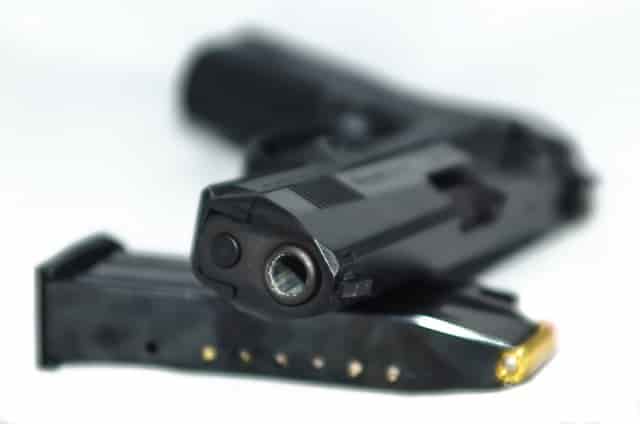
Concealment Techniques and Equipment
When pursuing a concealed weapon license, selecting the appropriate gear and understanding safe firearm handling is critical to effective concealment. This section will guide you on choosing reliable gear, selecting holsters for weapon retention, and methods for securing your handgun when not in use.
Choosing the Right Gear and Gadgets
Your concealed carry gear must balance comfort, accessibility, and concealment. Choose clothing that allows for easy access to your firearm without revealing its presence. This can include specially designed concealment shirts, jackets, and trousers. In terms of gadgets, consider opting for a compact flashlight or a defensive pen that can accompany your concealed carry without adding excessive bulk.
Holsters and Weapon Retention
Selecting the right holster is crucial for both concealment and quick weapon access. Consider holsters with built-in retention features such as thumb breaks or retention screws that are adjustable. Inside-the-waistband (IWB) holsters offer excellent concealment, while outside-the-waistband (OWB) holsters can be covered with a loose shirt or jacket. Paddle holsters provide a good balance between concealment and ease of removal.
Securing and Maintaining Concealed Firearms
Securing your firearms when they are not on your person is as important as carrying them. Use a gun safe or locking device to secure your handgun at home. Regular maintenance keeps your firearm operational and reliable. Always ensure that your firearm and ammunition are in good condition, clean your weapon regularly, and address any mechanical issues promptly.
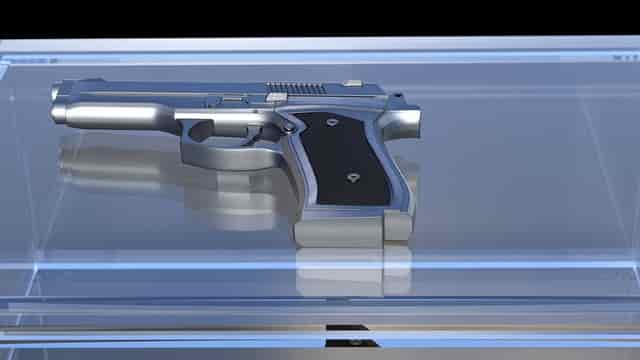
Practical Shooting Training
In this section, you will explore the essential training elements required for effectively carrying and handling a handgun. Practical shooting training emphasizes developing a strong foundation in shooting fundamentals and applying those skills through live fire exercises.
Shooting Fundamentals and Handgun Operation
Your journey towards attaining proficiency in handling firearms begins with understanding and mastering the shooting fundamentals. Central to this are proper grip and stance, which are the building blocks for consistent accuracy. You need to ensure your grip is firm yet not too tight, allowing for stability and control without excessive muscle tension. Your stance should be balanced and comfortable, providing a solid platform for shooting.
Focusing on sight shooting and the flash sight picture is crucial. Sight shooting involves aligning the front and rear sights on your handgun with the target, while the flash sight picture is a quicker method that focuses on acquiring a good enough sight alignment to confidently make the shot in dynamic scenarios.
Trigger control is another vital element. It's the skillful manipulation of the trigger to fire the gun without disturbing your aim. Smoothly pressing the trigger straight back with just the right amount of force is something that you will perfect with practice.
Live Fire Exercises and Range Practice
Live fire exercises at the range are where you will put your shooting fundamentals to the test. Before you begin, always ensure you have the necessary eye and ear protection. Adherence to safety protocols cannot be overstated; they are as much a part of your training as handling the weapon itself.
During a typical range session, an instructor will guide you through various drills that focus on both point shooting and sight shooting. These may include shooting at stationary targets from different distances or engaging in scenarios that simulate real-life situations.
Be prepared to pay a range fee, which often goes towards the maintenance and use of the facility. The cost can vary, but it is usually a necessary investment in your training regimen. Remember, the goal of live fire practice is not just to hit the target, but to do so accurately, consistently, and safely under different conditions.
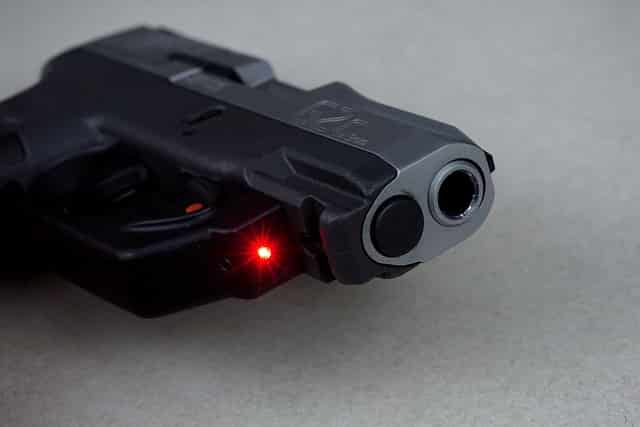
Psychological and Physiological Effects in Self-Defense
In self-defense situations, your body and mind react in specific ways. Understanding these reactions can be crucial for your personal safety.
Understanding Fight or Flight and Stress Reactions
When faced with a threat, your body's fight or flight response is triggered. This primal reaction floods your system with adrenaline, preparing you to either confront the danger or escape it. It's vital to recognize the physiological reactions to stress such as increased heart rate, rapid breathing, and heightened senses, as these can affect both your physical capabilities and decision-making processes during a potentially violent crime.
Your color codes of awareness, developed by Jeff Cooper, can help manage these stress responses. This system ranges from Code White, where you're relaxed and unaware, to Code Red, where you’re in a state of high alert and ready to respond to a threat. Being in Code Yellow, a state of relaxed alertness, allows you to observe your environments and anticipate potential dangers.
Situational Awareness and Personal Protection Strategies
Situational awareness is the ability to identify, process, and comprehend information about how to survive in an emergency. Keeping a vigilant mindset lets you recognize signs of potential threats, which is critical for both self-defense and home defense. Personal protection plans should include practicing this constant vigilance.
After an incident, your immediate actions are crucial, especially the immediate aftermath of a defensive encounter. You must be prepared to deal with the police; ensure you know your legal rights and have a plan for legal support. Remember, personal protection doesn't end with the incident – it includes knowing how to navigate the aftermath confidently and responsibly.
Frequently Asked Questions
When exploring the process of obtaining a Minnesota conceal and carry permit, you'll likely have questions regarding eligibility, renewals, class formats, testing requirements, application procedures, and reciprocity.
What are the eligibility requirements for obtaining a Minnesota conceal and carry permit?
To be eligible for a concealed carry permit in Minnesota, you must be at least 21 years old, complete an approved firearms safety course, and pass a criminal background check.
How do I renew my Minnesota permit to carry and is there an option for online renewal classes?
Your permit to carry can be renewed through your county sheriff's office before expiration for a reduced fee, with some counties offering online renewal classes. However, these online options may vary, and it's important to verify with local authorities.
Are online permit to carry classes available and recognized in Minnesota?
Yes, online permit to carry classes are available in Minnesota and are recognized, but you must still complete an in-person shooting proficiency test to fulfill the requirements.
What are the specifics of the shooting proficiency test required for a Minnesota concealed carry permit?
The shooting test involves safely handling a firearm, demonstrating the ability to shoot with accuracy, and understanding the legal aspects of firearm use. Each instructor may have specific criteria, but it generally includes firing a series of shots at a target from various distances.
What steps must I follow to apply for a permit to carry in Minnesota?
To apply for a permit to carry, you must submit your application in person to a Minnesota county sheriff along with proof of firearms training, a photo ID, and the appropriate fee. An approved application results in the issuance of a permit.
Does Minnesota recognize concealed carry permits from other states, and what are the reciprocity conditions?
Minnesota does recognize permits from states with similar reciprocity conditions. It's crucial to consult a current reciprocity map and verify with the Minnesota Department of Public Safety for any updates on states whose permits are recognized.

Jason Huskey
Owner of CCWClasses.net
Jason Huskey is a family man with three kids and a wonderful wife. He’s always starting new hobbies, but his true passion lies in shooting sports. Jason has been a CCW license holder for over 10 years and carries every day. In addition to firearms, he also enjoys playing guitar and writing songs. He tries to live by the Christian values he believes in.
More things you might enjoy…
Can a 38 Special Shoot 357 Rounds?
Image by MikeGunner from Pixabay I’ve long since discovered that very few activities give me the same thrill and sense of security as firing a gun. As a gun owner and enthusiast, I’ve always been curious about which guns can shoot which kinds of ammunition. I have a Derringer five-shot revolver that uses .22 rounds.…
Who Makes the Most Popular Brands of Ammo
If you are here to figure out who makes Herter’s ammo just look below the following table for a more thorough answer. If you are looking for a specific type of ammo, then you need to start by figuring out who makes it. There are lots of options for ammunition and each type of bullet…
What Does Full Metal Jacket Mean?
If you have heard the term full metal jacket, then you might be wondering what this means. I know that growing up, I heard this term a lot. I dismissed it as some sort of saying or cliche. Eventually, I decided that I needed to figure out what people meant when they use this term.…
How Often Should You Clean Your Gun?
After purchasing a firearm, you might wonder how often you should clean your gun. The truth is that it largely depends on how often you use it and where you live. Keep reading to learn more. How Often Should You Clean Your Gun? The short answer: do a light cleaning after every shooting session and…
What Is The Main Difference Between Centerfire And Rimfire Ammunition?
Rimfire vs Centerfire Everyone has to start somewhere. If you’re new to guns, learning the difference between rimfire and centerfire ammunition is important. Let me backtrack a moment. The first time I went out on the gun range, I had zero idea that there were different types of ammo for different types of weapons. All I knew…
Continue Reading What Is The Main Difference Between Centerfire And Rimfire Ammunition?
How Should You Hold a Handgun for Maximum Accuracy?
Whether it’s for sport or you find yourself in a defensive situation where you need to use a handgun, how you hold it will significantly affect your accuracy. Developing your handgun techniques will help you become a better shot and keep you safe. Read on to learn the answer to the question: How should you…
Continue Reading How Should You Hold a Handgun for Maximum Accuracy?
What Is Stippling On A Gun?
Hey, would you like a more firm grip on your gun? Would that help you shoot better? Well that is what stippling is for. Stippling is a modification to the grip that makes it, well, more grippy. It is done by sanding off the original finish and then using a hot soldering iron to make…
What Is A Centerfire Pistol?
To answer the question: “What Is A Centerfire Pistol?”, you must first understand that there are two main types of ammunition: Centerfire Rimfire These ammo categorizations are based on where the firing pin hits the back of the bullet to make it fire. A centerfire pistol is one where the firing pin strikes the center…
Is It Bad To Dry Fire A Glock?
There are loads of myths and assumptions surrounding handguns. If you grew up around guns, you probably heard some of these myths. Today, we will answer the question: Is it bad to dry fire a Glock. The Quick Answer Dry firing modern centerfire guns is completely fine (this includes most Glocks). The firing pin does…
What Is The Sight Picture?
When you first became interested in shooting you probably heard the terms sight picture and sight alignment being thrown around. Most people tend to use the two terms interchangeably; however, they do not mean the same thing. In this guide, I will make a clear distinction between sight picture and sight alignment. To master any new trade, you must…
What is Ball Ammo
When you hear the term “ball ammo” you may be picturing an actual ball. While the term did originate from ball shaped ammo, that’s not what it means today. Most ball ammo today is cylindrical in shape. It will have a lead core coated with copper. Keep reading to learn all about the history and…
